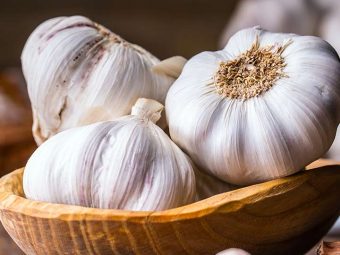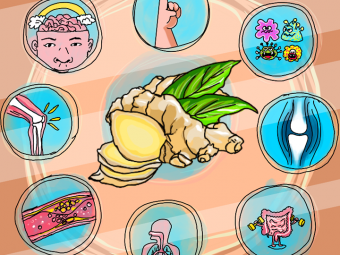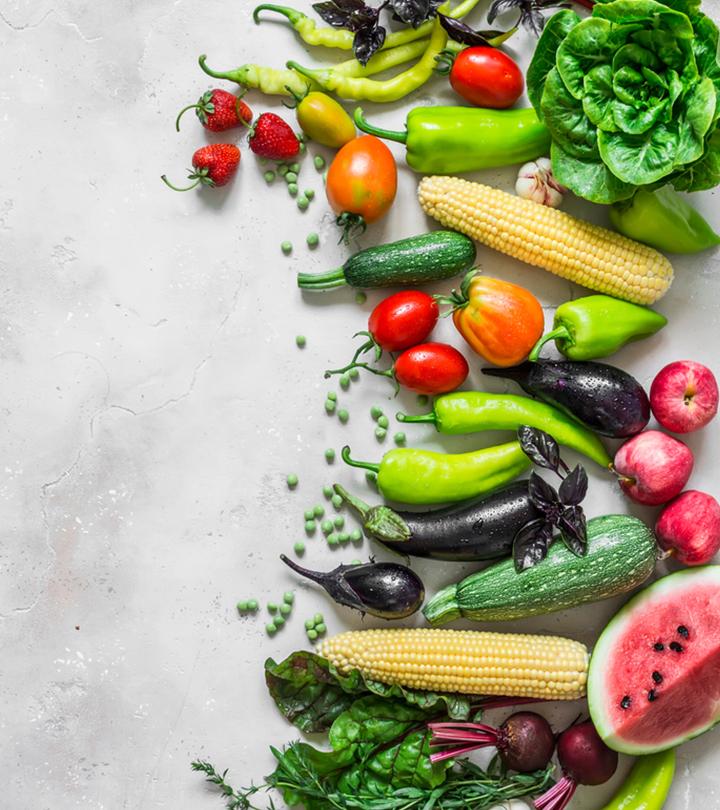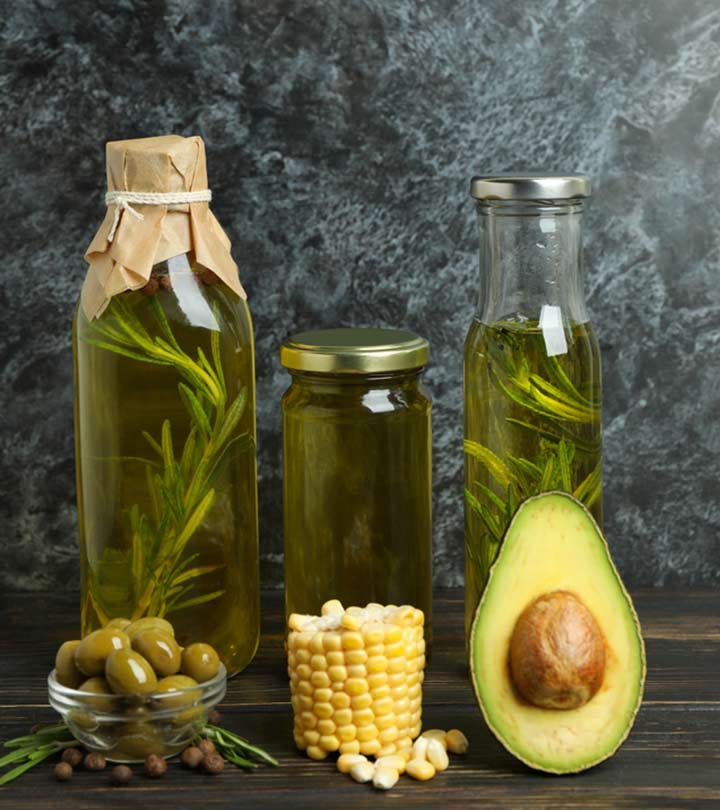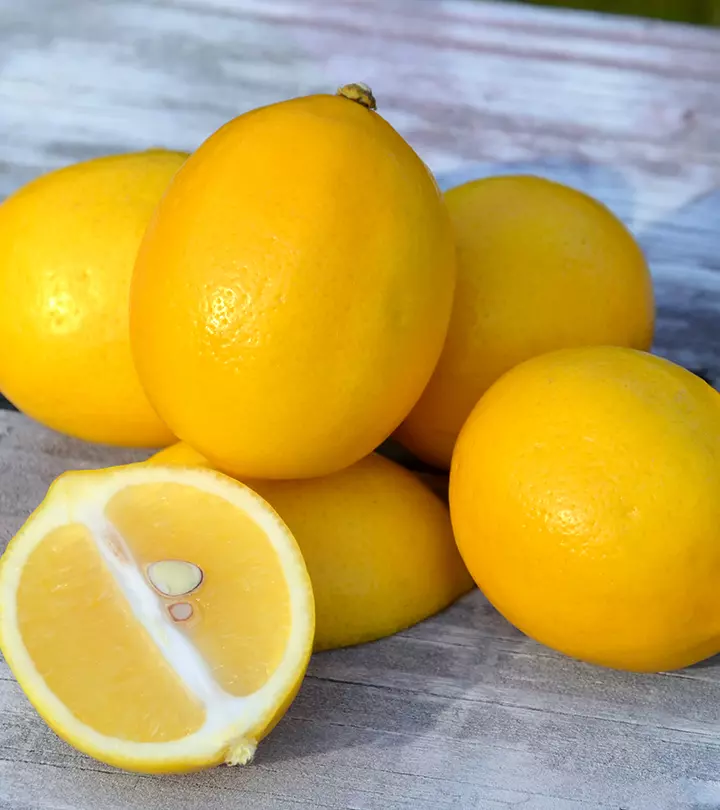Signs That Your Food Has Gone To The Dark Side

Image: Shutterstock
To all the people out there who’ve hopelessly tried to revive a can of soup way past its expiration date, or that carton of milk whose rotten whiff just screams “He who gulps this, abandon all hope!” – it’s an irreparable endeavor, folks. It just can’t be done, unless you want to court the wrath of food poisoning. Research shows food poisoning plagues at least 1 out of 10 people in the world (1). So, if you don’t watch out for the signs that your food has crossed over to a place where the dead reside, our fair-weather friend – food poisoning – will be knocking on your door next.
So how do you tell if the dead are walking amongst you? Determining the freshness of a product is a decisive component to ensuring that you don’t end up at the mercy of an ER nurse in the middle of the night. To avoid this unsavory fate, we’ve compiled a list to help you weed out the rotten egg from your pantry or the supermarket.
Go ahead, read on to know how to determine the staleness of these common foods!
1. Olive Oil
Just like people, your food demands your attention. No matter how packaged or fresh it is, you cannot take it for granted. Although olive oil is sturdy enough to take care of itself for one to two years without much attention thrown its way, leave it out in the sun or warm temperature for too long and it’ll go bad. Storing it in the refrigerator might enable it to live out its years without many hardships.
2. Eggs
You can always tell a good egg from a bad one by performing the dunking test (only if people were that easy). This is how you perform the test: take a glass or a bowl full of water and dunk the eggs into it. If the egg has gone bad, it will float in the water. If it sinks, the egg is good to go! When refrigerated, eggs have a shelf life of up to three weeks (2).
3. Milk
The popular breakfast duo — Milk and cereal kickstart most of our mornings. Consuming one without the other is like narrating Romeo and Juliet’s story, without Juliet. So, imagine when you reach into the refrigerator and come out with a disappointing batch of curdled milk and the cereal just looks so forlorn in the absence of said milk. This cruel fate can be avoided if you set the cooling of the refrigerator to a temperature of about 4 ºC. In case of unopened milk, it can stay put for almost a week before it turns. But, if you’ve opened it already, always remember to store the milk in the body of the fridge and not on the door shelves.
4. Condiments
Nothing ties a good meal together like condiments. People may come and go, but condiments will stay with you for a span of years if stored correctly, and then you go out and get a replacement. An easy giveaway of stale condiments is the taste and texture. If it starts to taste a bit sour or the texture of it isn’t just right with a bit of graininess to it just toss it out. What’s your favorite sauce? Tomato, mustard, tabasco, or soy? An unopened bottle of ketchup can stay in the pantry for a year, whereas an unsealed ketchup bottle can stay for a month. Soy sauce and mustard sauce too have a considerably longer shelf life. Soy sauce can survive out in the world for up to 3 years, and mustard can pull it off for 2 years when unopened, else it stays for a year. Unsealed mayonnaise goes rancid in 3 months. Storing it in the fridge can add a month’s time to its sell-by date. Tabasco sauce is safe to consume until it darkens in color. Whatever your pick, most condiments last long if sealed.
5. Yogurt
To all the yogurt fans out there, pay attention, this will come in handy. Yogurt is a bit flighty and temperamental when it comes to living unto its full potential. An unopened yogurt has a shelf life of a week or two in the refrigerator, whereas an opened yogurt can survive in the fridge for five days (3). However, this isn’t set in stone. It might turn bad without a moment’s notice. So, stay wary for the signs of decay. Mold or a slight change in color is a dead giveaway that it needs to live out the rest of its days in the trash can.
6. Salmon
Salmons are the stars of the fishes. Everybody loves a good salmon. So, before you get cooking the salmon steaks, sniff it. Frozen salmon can make it for three months, whereas salmon steaks in the fridge are only good for a couple of days. The texture and the color of salmon should tell you if the steaks have been spoilt, and if it smells too fishy, think no more – just discard it.
With these simple notes in mind, we can avoid digging into foods that could give us a direct pass to food poisoning. Some foods are more prone to rotting and care, and steps should be taken to ensure that they’re consumed well before their expiration date. What’s your trick to identify spoiled food? Let us know in the comments below!










